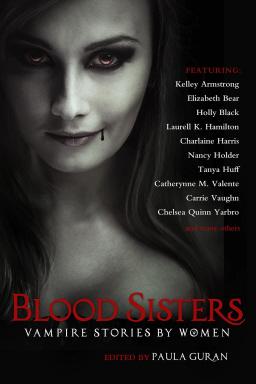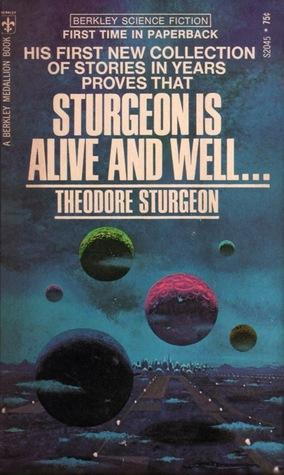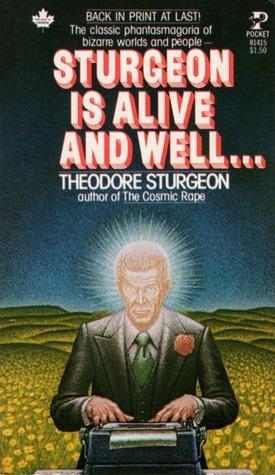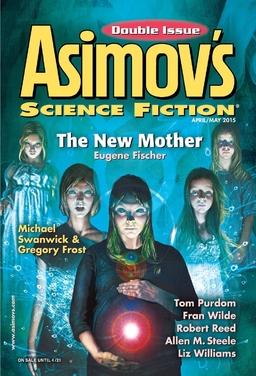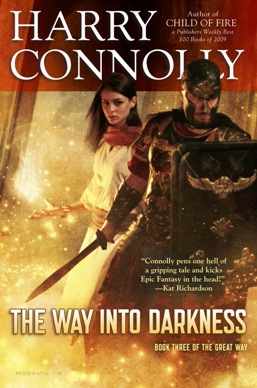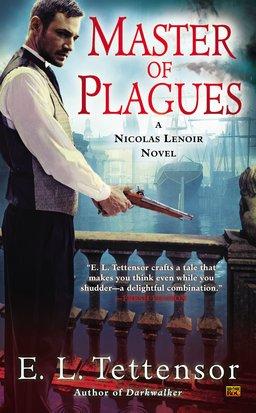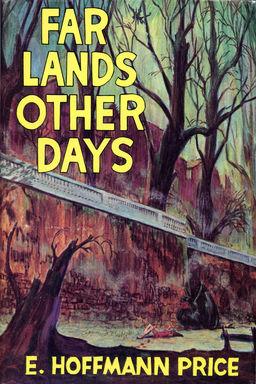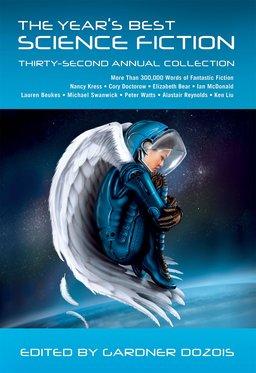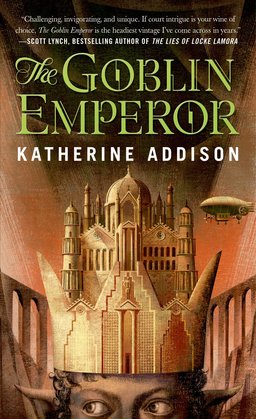Get Ready For 11 Best-of-the-Year Volumes
 We’re entering the Best-of-the-Year season.
We’re entering the Best-of-the-Year season.
Starting in May we’ll see no less than eleven volumes collecting the best short fiction of last year, beginning with Jonathan Strahan’s Best Science Fiction and Fantasy of the Year: Volume Nine (released May 12), and ending in October with the release of the latest volume in Stephen Jones’ long-running Mammoth Book of Best New Horror. We’ve showcased eight as Future Treasures in just the last few months (click on the links below for details on each.)
The Best Science Fiction and Fantasy of the Year: Volume Nine, edited by Jonathan Strahan (May 12)
Best British Horror 2015, edited by Johnny Mains (May 25)
The Year’s Best Military SF and Space Opera, edited by David Afsharirad (June 2)
The Year’s Best Science Fiction & Fantasy Novellas: 2015 edited by Paula Guran (June 16)
The Year’s Best Science Fiction & Fantasy 2015, edited by Rich Horton (June 16)
The Year’s Best Dark Fantasy & Horror 2015, edited by Paula Guran (June 24)
The Year’s Best Science Fiction: Thirty-Second Annual Collection, edited by Gardner Dozois (July 7)
The Best Horror of the Year Volume Seven, edited by Ellen Datlow (August 4)
The Best American Science Fiction and Fantasy 2015, edited by John Joseph Adams and Joe Hill (October 6)
Year’s Best Weird Fiction Volume 2, edited by Kathe Koja (October)
The Mammoth Book of Best New Horror 26, edited by Stephen Jones (October)
After 18 volumes, we lost David’s Hartwell’s Year’s Best SF in 2014 — a major loss– but we’ve added three to the list this year: the Afsharirad, Adams, and Paula Guran’s Best Novellas book. (And Year’s Best Weird Fiction just started up in 2014). I don’t remember any time in the history of the genre when we had this many Year’s Best volumes; certainly there’s been no time when I’ve looked forward with anticipation to nearly so many. I take it as a sign that there’s still a very healthy interest in short fiction in this market. Stay tuned over the next six months, and we’ll bring you additional details as they hit the market.
